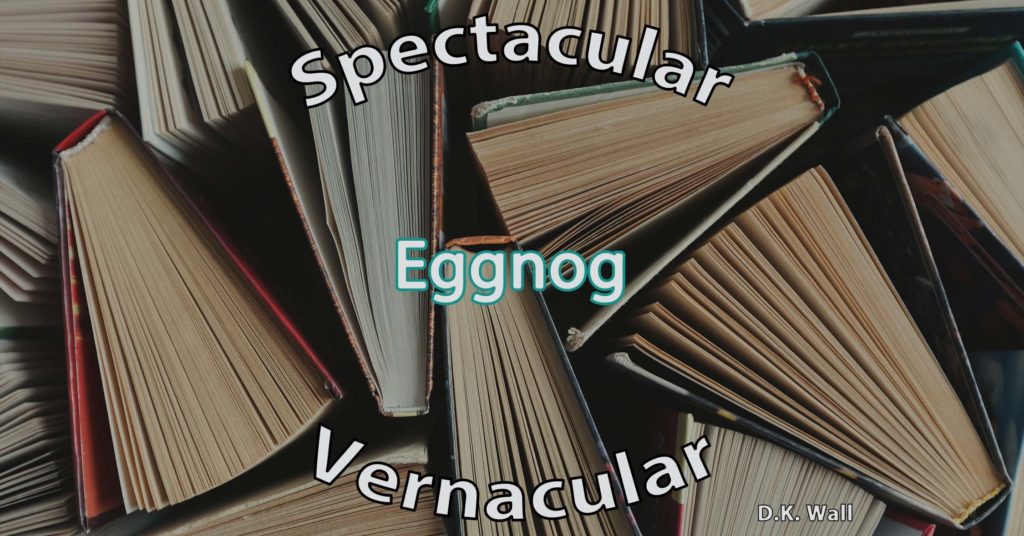Share This Spectacular Vernacular
Nothing makes holiday gatherings better than useless knowledge to share over drinks, like what exactly is the nog in eggnog? The egg part is simple enough since eggs are a key ingredient and mixed with milk, cream, sugar, and nutmeg, but let’s explore the nog.
First, as a history lesson, the drink appears to be a descendant of posset, a hot milk, spice, and ale (or wine) mixture often used as a cold and flu remedy in Britain during the Middle Ages. It worked its way from monasteries to the aristocracy as a way to flout wealth (cream being expensive). They often replaced the ale with sherry.
When the drink moved across the Atlantic with the colonists, the more available rum became the alcohol of choice. And, for the record, they served the drink warm, not chilled. Cold eggnog didn’t become common until the late 1800s.
Great history, but that’s not universally accepted. The reason is that eggnog in various forms and by many names is found across cultures. Frankly, dairy, eggs, and liquor are available over much of the world, so who really knows who mixed it together first?
Which brings us to the nog. And, no, there isn’t agreement here either, but the most likely explanation is that a nog or nogg is a strong ale from the Norfolk region of Britain. In fact, noggy refers to someone who is tipsy. And a small cup or mug is a noggin.
Yes, somehow noggin is also a word used to refer to someone’s head, an Americanism that I grew up hearing. That’s even less clear.
So, anyway, now you know nog refers to the alcohol. Probably.


Next November, you might want a poll on how, or if, people like their eggnog! (I love Mayfields, no alcohol, add sprinkle of cinnamon and/or nutmeg.)
I’ve previously seen versions that also included the possibility of lingual drift from grog to nog, if you want more options ?